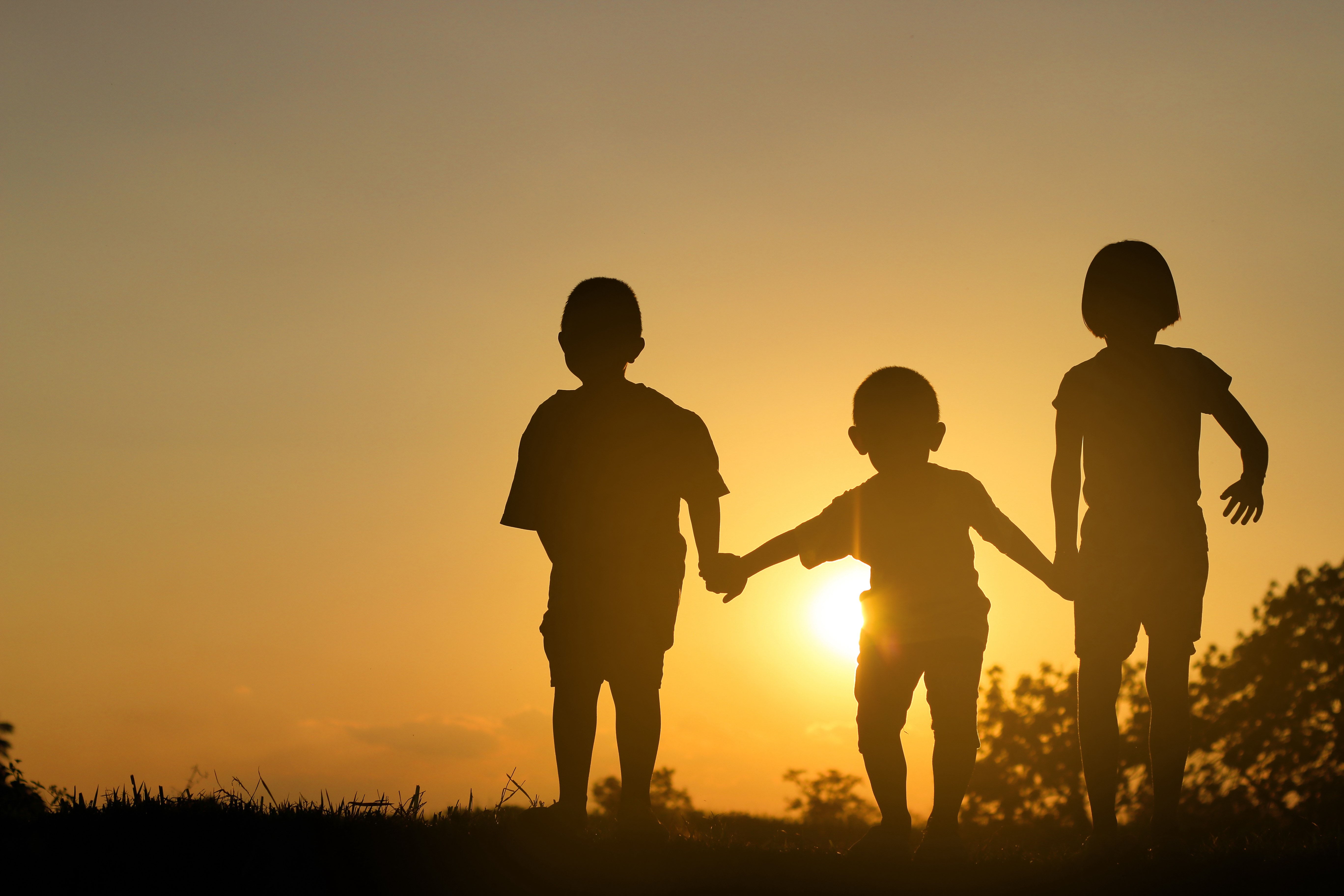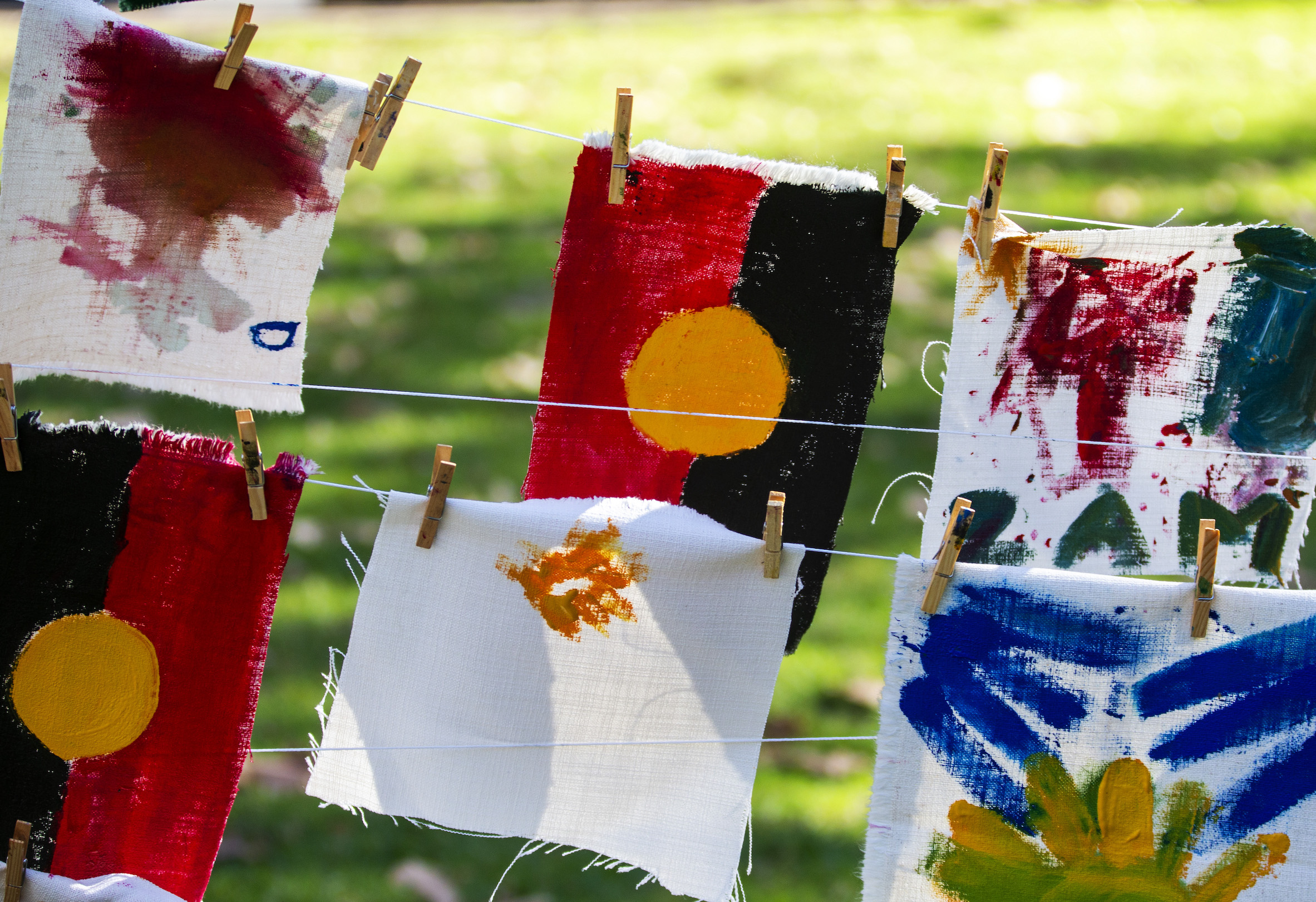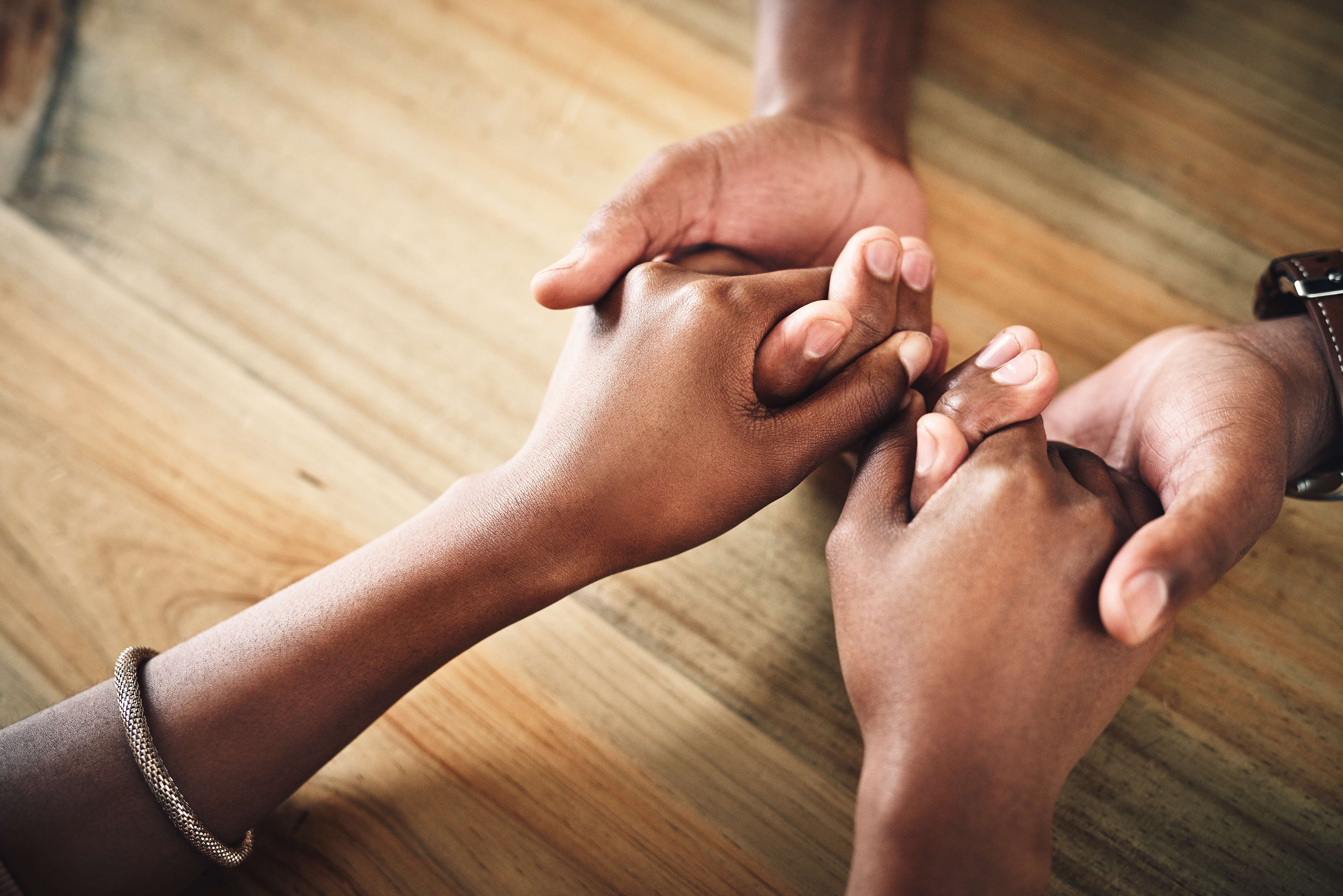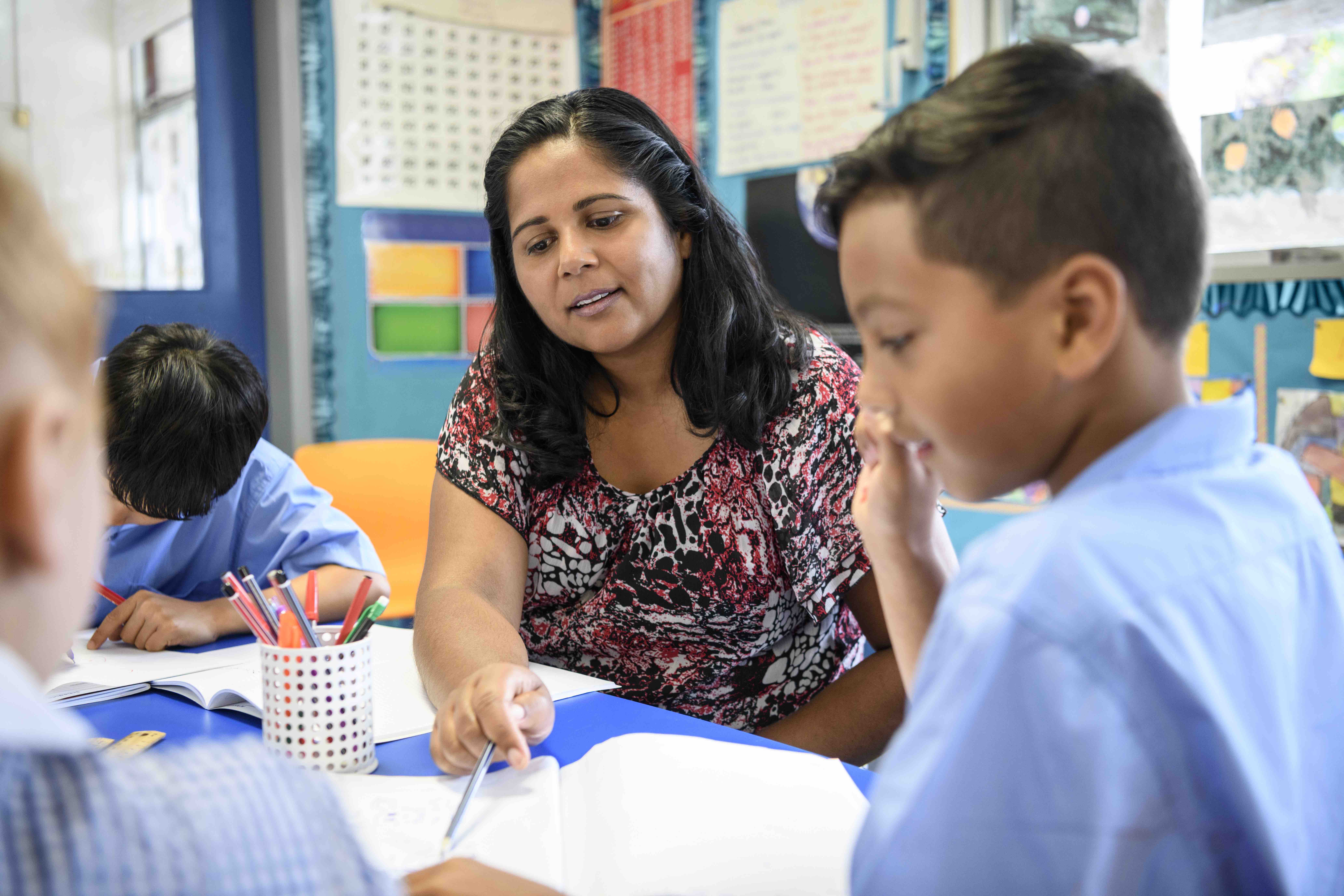
Health & Medicine
At-risk Aboriginal women and children forgotten in crisis

In Australia, Aboriginal children are over-represented in child protection, but innovative trials enabling Aboriginal self-management are keeping children safe
Published 26 September 2023
In Australia, Aboriginal children have been long over-represented in child protection systems – including in the state of Victoria. Here, the rates are the highest in the country and they are increasing.
Child protection systems are state procedures and measures for the protection and advancement of child welfare and child wellbeing emphasised in the United Nations Convention on the Rights of the Child (UNCRC) of 1989.

This over-representation of young Indigenous people is partly explained by the intergenerational impact of colonisation including the historical policies and practices of community destruction and dispossession.
This history, and its impact, have been most recently documented by the Yoorrook Commission’s report into the child protection and criminal justice systems.
These practices led to socio-economic disadvantage, intergenerational trauma and fragile family structures.

Health & Medicine
At-risk Aboriginal women and children forgotten in crisis
All of these pressures can contribute to making children more vulnerable.
A legacy of these historical injustices is that many Aboriginal parents do not seek or accept help readily. The experiences of the Stolen Generations mean there’s a fear that their children will be taken from them.
However, Aboriginal organisations and communities have long argued that this over-representation can be significantly reduced by drawing on the strengths of community and culture.
It’s a response that provides effective assistance to struggling families by remaining sensitive to the impacts of history and focused on the importance of community and culture.

These new approaches to Aboriginal child protection are grounded in the principle of Aboriginal self-management and – with funding from the Victorian Department of Families, Fairness and Housing – were recently trialed in the community.
Our research team at the University’s Department of Social Work partnered with and supported four Aboriginal organisations to develop and implement three trials. These trials were aimed at testing the hypothesis that having an Aboriginal organisation step in where there are worries about children’s safety and wellbeing will divert matters from child protection investigation and court proceedings.

Health & Medicine
Replanting the birthing trees
One trial was implemented by the Njernda Aboriginal Corporation and the Goolum Goolum Aboriginal Co-operative both located in rural towns.
This trial focused on holding Aboriginal family-led decision-making meetings where Aboriginal children had been reported and were under investigation.
These meetings bring together the child’s family, Elders and other significant people in the child’s life to make culturally-based decisions and plans that support the best interests of an Aboriginal child.
The Melbourne-based Victorian Aboriginal Child Care Agency (VACCA) undertook the second trial, which focused on children who had been reported and would otherwise be investigated by Child Protection.
In these cases, the team trialled Aboriginal-led case conferencing to determine the best course of action in relation to the safety and wellbeing of children. Aboriginal-led case conferencing is used to develop a family support plan and provide holistic, coordinated and integrated services across providers.

The final trial, called Garinga Bupup, was led by the Bendigo and District Aboriginal Co-operative (BDAC). This trial provides wraparound early intervention support for unborn children and their mothers, supporting them and their child to prevent the need for child protection involvement.
We know that Aboriginal agencies are best placed to engage and empower Aboriginal families and connect them to the services and support they need to keep their children safe.
And our research bears this out.

Health & Medicine
Bringing an Aboriginal lens and ownership to health data
Both the VACCA and Garinga Bupup trials were clearly successful. The first – VACCA’s Aboriginal-led case conferencing program – achieved a diversion rate (that is, no return to Child Protection) of 78 per cent. While the Garinga Bupup in the Bendigo District achieved 63 per cent.
The Goolum Goolum and Njernda trial recorded less success initially because fewer cases were found in the investigation phase that could benefit.
As a result, this trial was modified during implementation and adopted criteria closer to the VACCA trial. The results of this trial were more successful after referrals from child protection intake began to be accepted.
These were complex trials.

Their success relied on building relationships with families while maintaining a clear focus on the safety of children.
Where needed, child protection provided ongoing consultations, as there were real concerns in families and a need to be aware of any immediate risks to children’s safety.
Trial caseworkers also received practice and cultural supervision within their own agency and the agencies were linked through regular meetings.

Health & Medicine
The power of Indigenous data
The response from families was very positive.
Most families engaged with their trial caseworker leading to positive outcomes and improvements in family strength and connectedness. Very few cases had to be reported back to Child Protection.
The trial caseworkers worked alongside parents to achieve agreed changes. In the Garinga Bupup trial, this went as far as the trial caseworker helping mothers through labour if there was nobody else to support them.
The trial caseworkers also linked the families to other services provided by their agency or by other agencies. The capacity of some other services to accept referrals was an issue, with long waiting lists, particularly for mental health services and housing assistance.

Victorian premier Daniels Andrews recently outlined his commitment to address Aboriginal over-representation in child protection.
Our trials highlight there are ways to do this that could be replicated at other Aboriginal agencies in other parts of the state.
What these trials successfully demonstrate is the capacity of Aboriginal Community Controlled Organisations to respond to child protection reports about vulnerable Aboriginal children, prevent children’s and families’ entry further into the child protection system and provide care and safety within Aboriginal families and communities.
Banner: Shutterstock